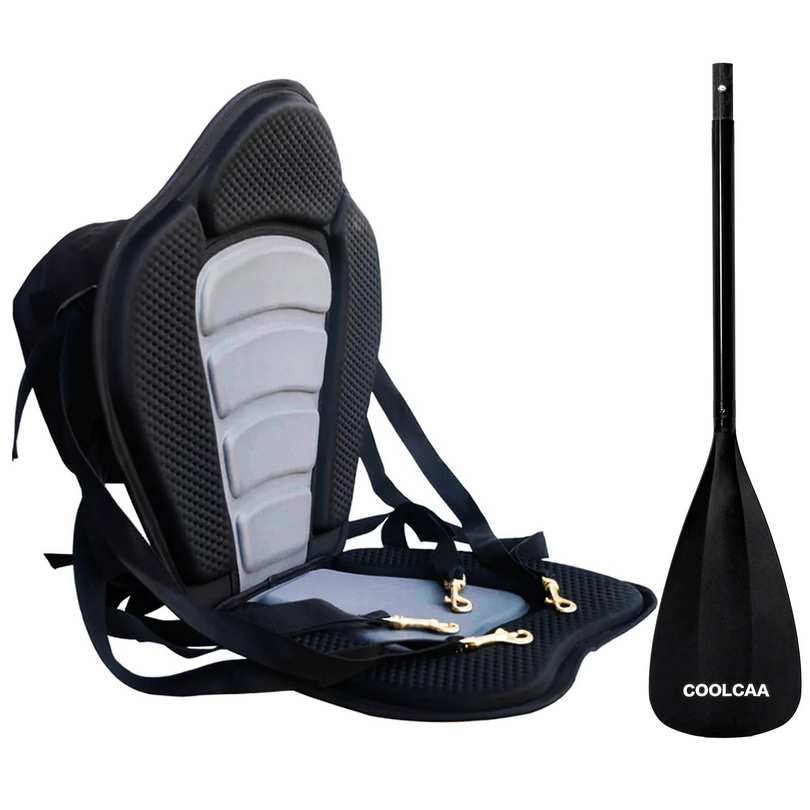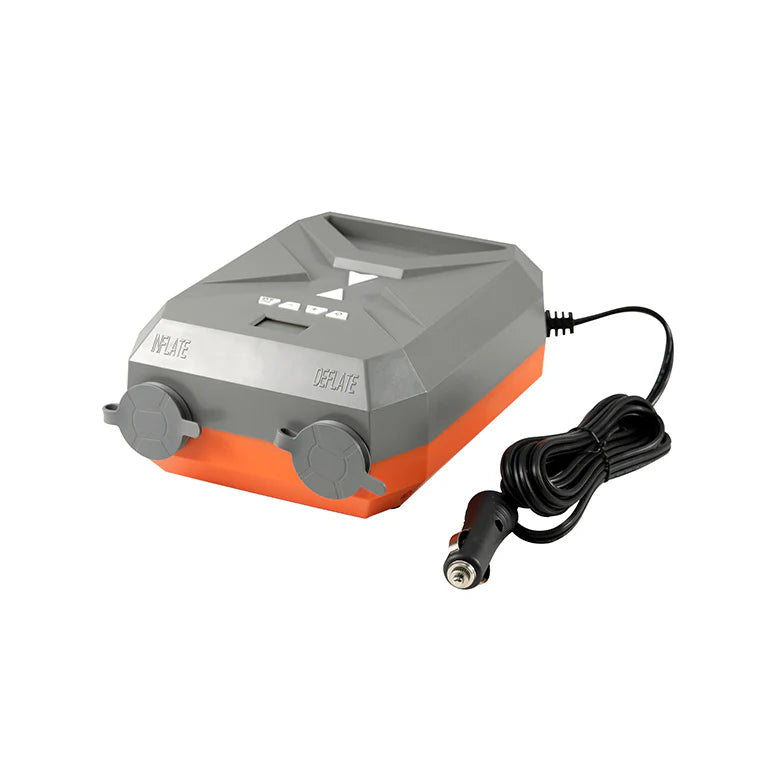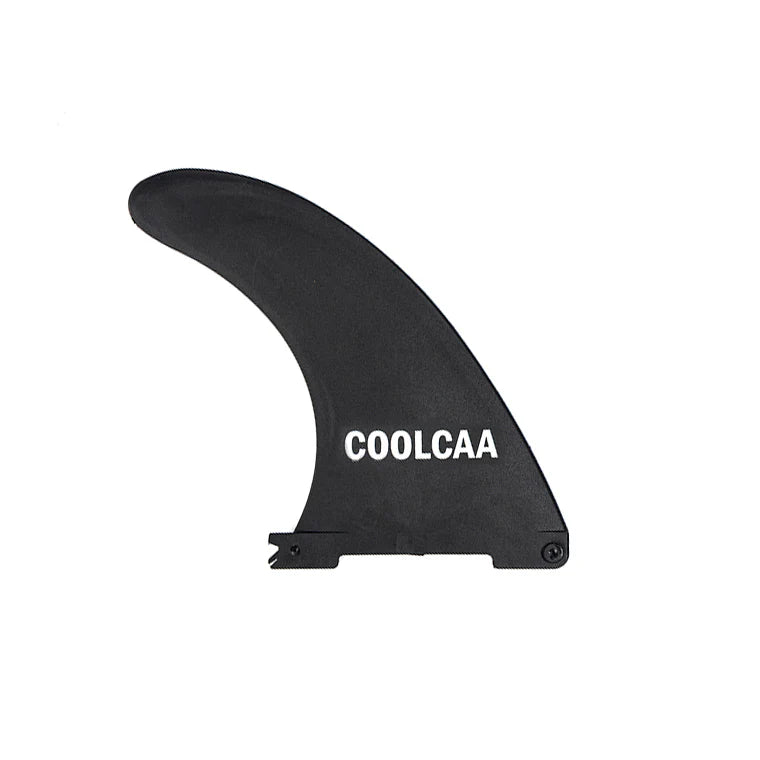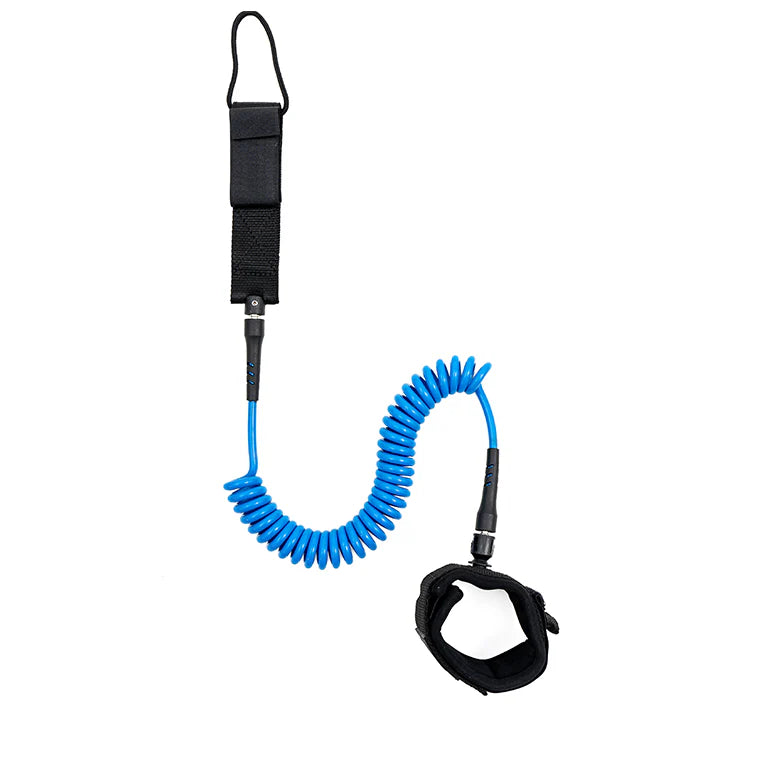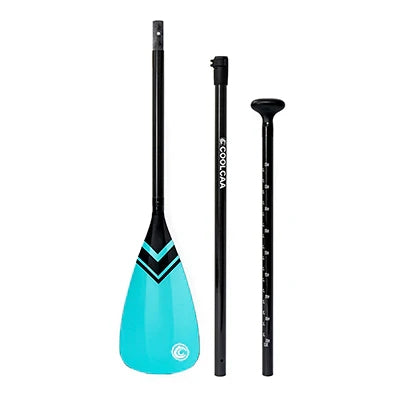Paddle boarding enthusiasts know that the end of a thrilling day on the water marks the beginning of a crucial routine: storing your paddle board. Proper storage is not just about space management; it's about extending the life of your board and ensuring it's ready for your next adventure. Here's a comprehensive guide on how to store your paddle board effectively, whether you're tucking it away after a day's fun or settling it in for the off-season.
Cleaning Your Paddle Board: The Pre-Storage Ritual
Before you store your paddle board, ensure it's clean. Start with a rinse using fresh water to wash away sand, salt, and dirt. Follow up with a gentle, board-friendly soap to tackle stubborn grime. Rinse again and dry your board thoroughly to prevent mildew. Remember, while the sun can speed up the drying process, its UV rays can be damaging, so opt for a shaded area when drying your board.
Positioning Your Paddle Board: The Art of Orientation
Your paddle board prefers to rest in a specific way: flat or on its edge, but never directly on hard surfaces like concrete or asphalt. To protect the EVA deck pad, flip the board deck-side down. This position prevents warping and damage to the delicate parts of your board.
Using Protective Covers: The Shield Against Elements
A good-quality cover acts as armor for your paddle board, safeguarding it from dust, moisture, and sunlight. It's an essential accessory that keeps your board in prime condition, especially if you plan to store it outdoors or for extended periods.
Storing Your Paddle Board: The Three Wise Methods
-
On a Rack: A sturdy rack not only showcases your board as a piece of art but also saves space and maintains the board's shape. Ensure the rack can support the board's weight to avoid any bending or damage.
-
In a Suspension System: Hanging your board from the ceiling is a stylish and practical way to store it. It's a real space-saver that turns your board into a statement piece. However, this method is best suited for lighter boards; heavier ones might need a more robust solution like a wall rack.
-
Leaning Against a Wall: For a quick and easy solution, lean your board against a wall on its tail or lay it flat. Avoid resting it on its nose, and use padding at the contact points to protect both the board and the wall. This method is convenient but not ideal for long-term storage.
Indoor Vs Outdoor Storage: The Great Debate
Indoors is always better, but if you must store your board outside, do it right. Use a high-quality, weather-resistant cover and ensure your board is secured against theft with a reliable lock or security system.
Long-Term Vs Short-Term Storage: The Time Factor
Short-term storage is about accessibility; keep your board somewhere convenient for frequent use. Long-term storage, on the other hand, calls for a more protective approach. Clean the board thoroughly and store it in a cool, dry place away from direct sunlight.
Special Considerations for Inflatable Vs Solid Boards
Inflatable SUP: If you're storing it inflated, balance the weight evenly. Use straps that are secure but not overly tight to prevent deformation. During summer, consider deflating your board slightly to avoid damage from heat expansion.
Solid SUP: Remove the fins, elevate the board off the ground, and ensure even weight distribution when using racks or stands. Protect your solid board from UV damage with a cover if stored outside.
Regular Check-Ups: The Health of Your SUP
After a period of storage, inspect your board thoroughly. Check for air retention, inspect the fins and fin box, and if you've stored your board deflated, inflate it and let it sit to help the material regain its shape.
Conclusion: Storage as a Paddle Board's Spa Retreat
Storing your paddle board with care is akin to sending it to a spa; it's about pampering and preparing it for its next outing. By following the steps outlined above, you'll ensure your board remains clean, safe, and ready to hit the waters whenever you are. Remember, a well-stored paddle board is a long-lasting one, so treat your SUP like the cherished asset it is, and it will continue to provide joy for seasons to come.



